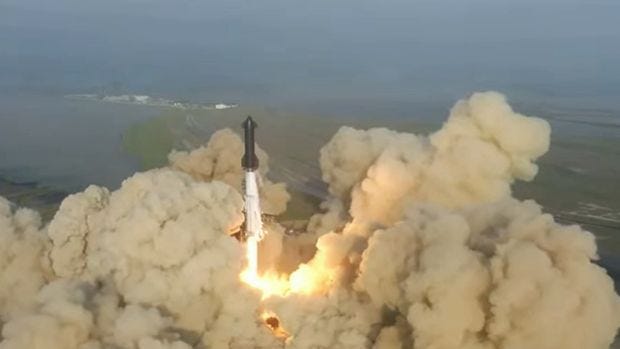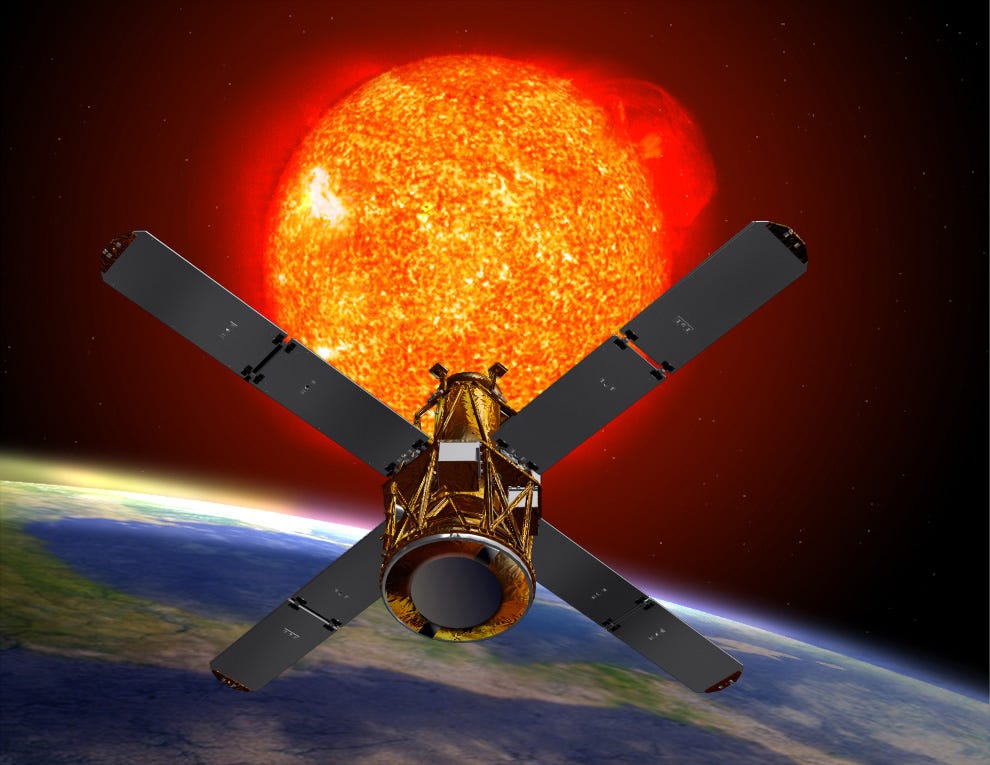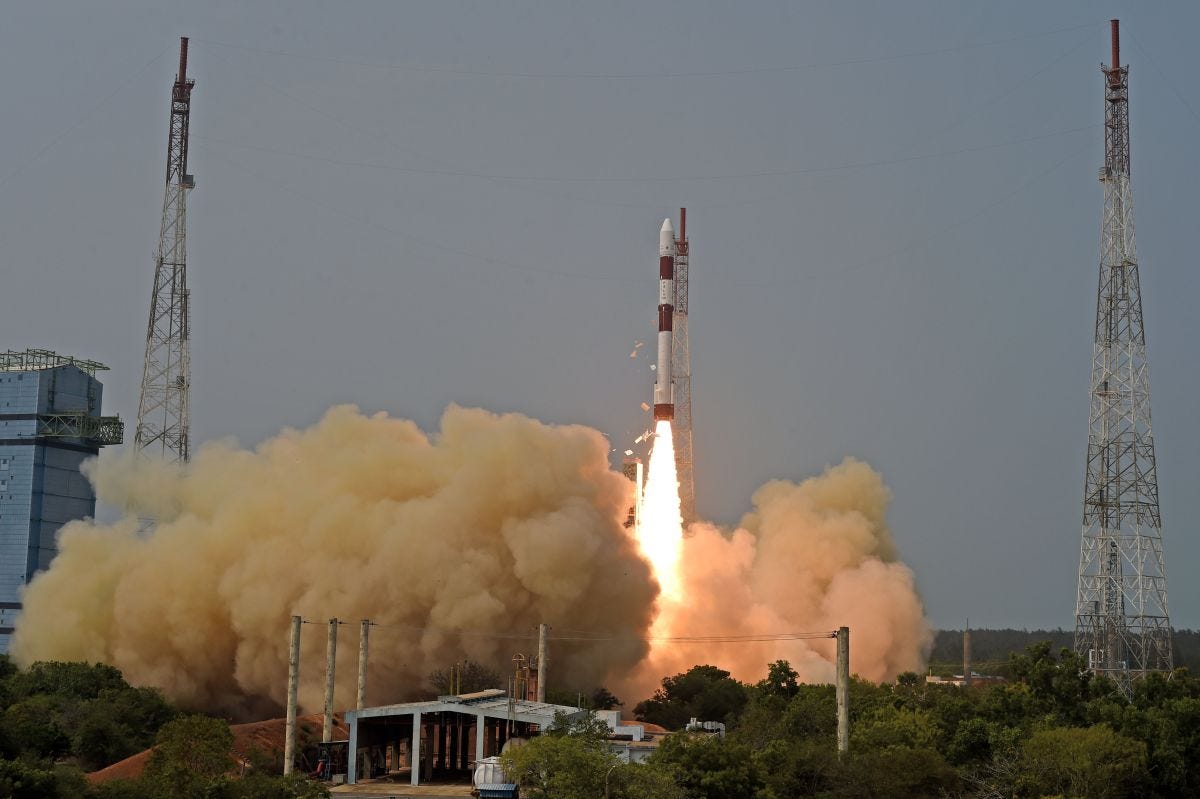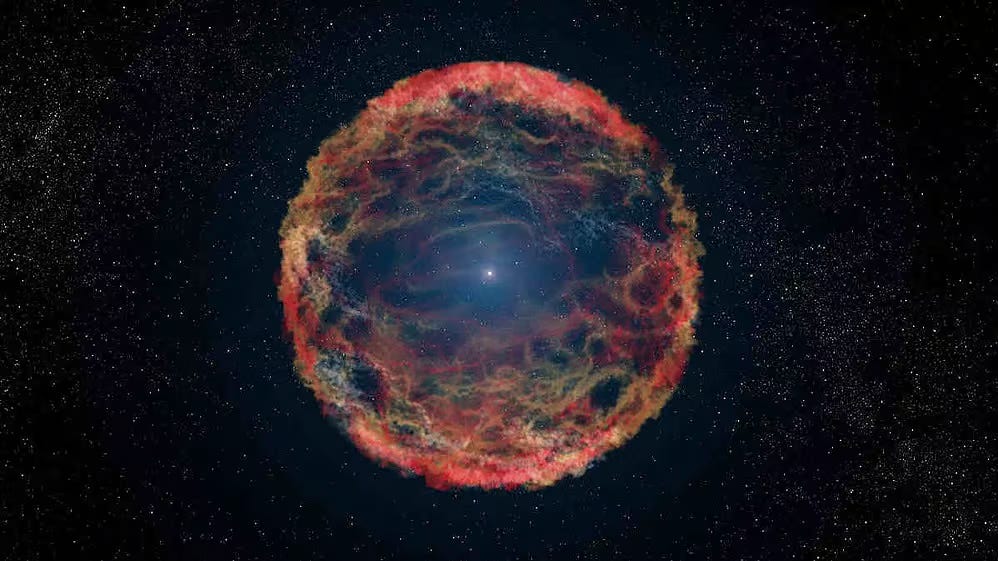Chandra Observatory makes threatening new discovery and more
Weekly Space News - Quick and Easy
World’s largest rocket explodes 4 minutes after launch
Last week, SpaceX's Starship rocket exploded in mid-air shortly after liftoff during a test flight. The Starship rocket was designed to be the most powerful type of rocket in the world and capable of carrying crew and cargo to Mars. During the flight, the rocket was supposed to separate from its super-heavy booster, complete a partial rotation of the earth and splash down near Hawaii. However, during the flight, the rocket was unable to separate from its super-heavy booster, causing it to come crashing down and explode 4 minutes after the flight.
Retired NASA satellite crashes over Sahara desert
Last week, NASA’s retired Reuven Ramaty High Energy Solar Spectroscopic Imager (RHESSI) spacecraft re-entered Earth’s atmosphere after successfully studying the Sun's high-energy radiation and solar flares. While most parts of the RHESSI spacecraft got burnt up, some parts crashed over the Sahara desert.
Indian rocket launches 2 Singaporean satellites
Last week the Indian Space Research Organisation (ISRO)’s commercial arm NSIL launched 2 Singaporean satellites into orbit. The Polar Satellite Launch Vehicle (PSLV) lifted off from India's Satish Dhawan Space Centre carrying one communication tech demonstration satellite and one earth observation satellite. The launch went perfectly well without any problems or issues and the satellites were put into orbit within 20 minutes.
Chandra Observatory makes threatening new discovery
NASA’s Chandra Observatory recently made a threatening new discovery last week. It has been found that supernova explosions can release large amounts of X-rays that can seriously harm planets as far as 160 light years away from the explosion itself. If this kind of wave were to hit the earth it would be catastrophic for life on the surface but currently, the earth is not in any danger and is completely safe.





